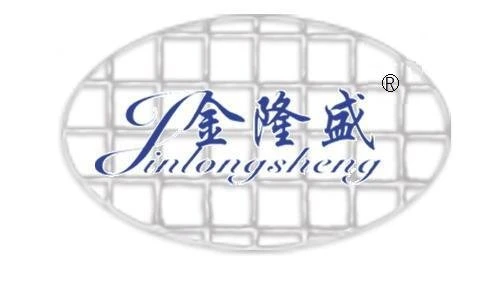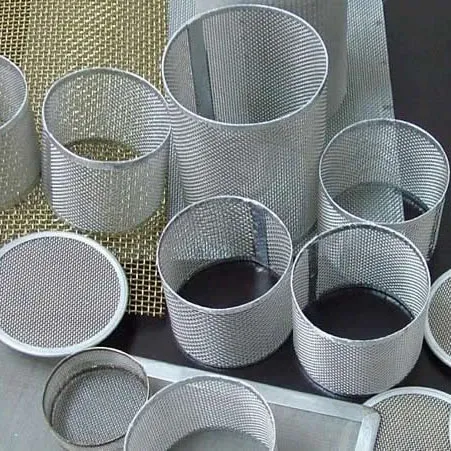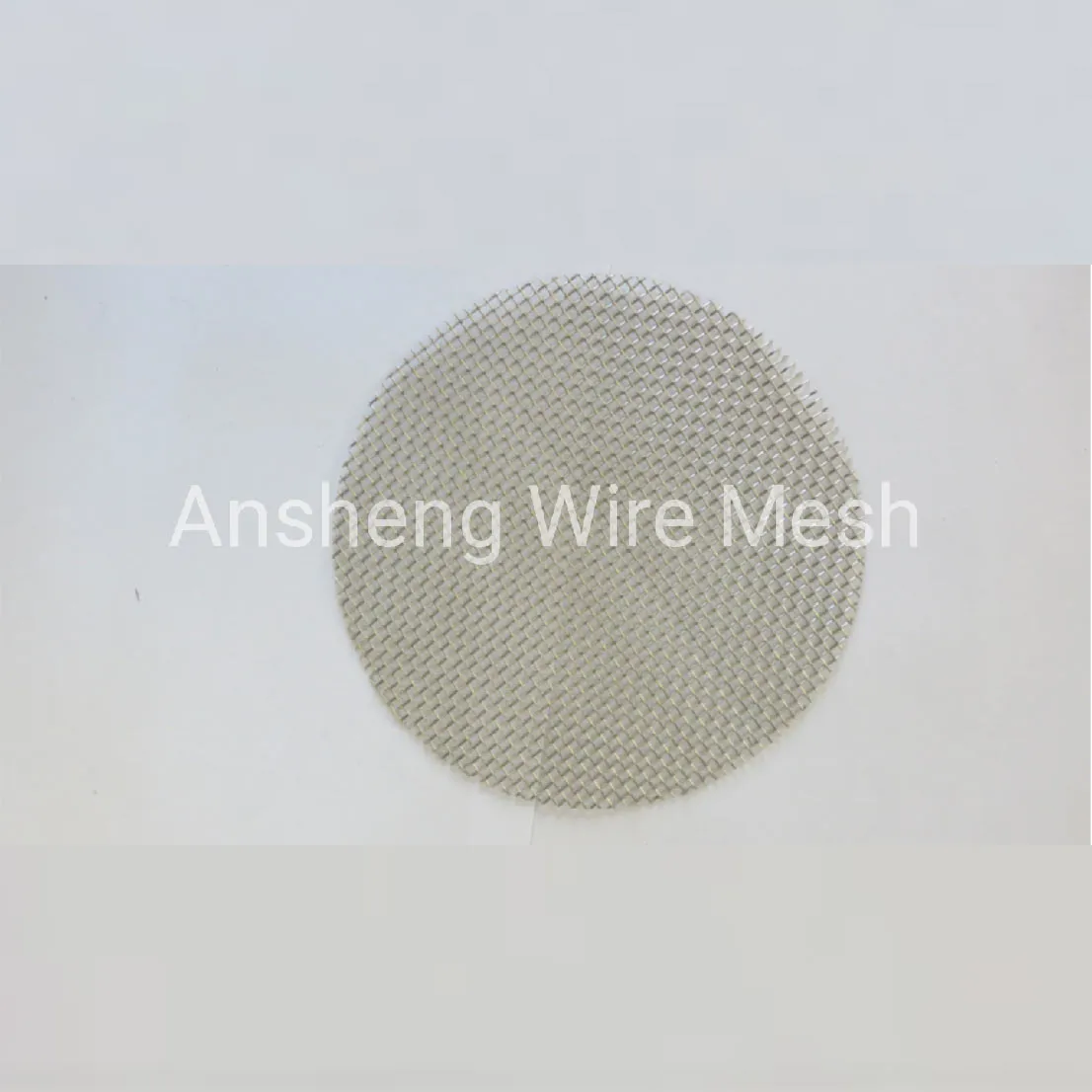Stainless Steel Mesh Panels: The Unsung Heroes of Modern Industry
If you’ve ever paused to admire the sleek fences around a high-tech facility, or peeked at the ventilation grates in an industrial plant, chances are you’ve encountered stainless steel mesh panels. These unassuming structures quietly tackle challenges that ripple globally — from safety and durability to environmental sustainability. In a world increasingly hungry for materials that can last but also adapt, understanding these mesh panels isn’t just for engineers; it’s for anyone curious about how modern infrastructure stays strong and reliable.
Why Stainless Steel Mesh Panels Matter Globally
Steel, globally, is a powerhouse of industry. According to the World Steel Association, over 1.8 billion tonnes of steel are produced annually, and a considerable fraction goes into mesh and panel applications. But why these panels? Because they solve real-world headaches — corrosion, fluctuating temperatures, and wear — while still being lightweight and versatile.
Take the United Nations' emphasis on resilient infrastructure as part of its Sustainable Development Goals (SDG 9). Stainless steel mesh panels contribute here by offering long-lasting solutions that resist degradation, reducing waste and maintenance. In developing regions where rebuilding cycles can be devastating (and costly), these panels help communities and industries alike build better and smarter.
Key takeaway: Stainless steel mesh panels play a crucial—sometimes overlooked—role in building durable infrastructure compliant with global sustainability goals.
What Exactly Are Stainless Steel Mesh Panels?
Simply put: Imagine a grid or web made out of thin stainless steel wires, woven or welded to create a panel with uniform openings. These panels blend strength and transparency—their mesh structure lets air, light, and sound pass through, while the steel frame holds it all together. This hybrid makes them ideal for everything from protective barriers and filtration to architectural facades.
Frankly, in modern industry, these aren’t just sheets of metal; they’re purposeful components that meet rigorous safety, environmental, and regulatory demands. They link function and form in a way that almost feels elegant at times.
Breaking Down the Core Components
1. Durability
Stainless steel’s hallmark — its resistance to rust and corrosion — means these mesh panels thrive outdoors and indoors, from arid deserts to humid coastal zones. Many engineers say this longevity translates to lower lifecycle costs, which is a big deal if you’ve got to maintain infrastructure spanning decades.
2. Scalability and Customization
Manufacturers tailor mesh patterns, wire diameters, and sheet dimensions to exact specs. Whether you need fine filtration mesh for pharmaceuticals or large security fences for critical installations, these panels scale accordingly.
3. Cost Efficiency
While stainless steel can seem pricey upfront, the minimal maintenance and replacement costs generally tip the balance. Plus, recycling stainless steel meshes is relatively straightforward, crossing into the territory of ‘green’ building materials.
4. Ventilation and Transparency
Thanks to their open weave, these panels allow airflow and light passage, which is why they’re favored in HVAC systems and architectural designs looking for both function and aesthetic integration.
5. Safety and Security
Robust but see-through, stainless steel mesh panels provide barriers that don’t completely block views—a preferred feature in correctional facilities, stadiums, or industrial zones that need surveillance with physical security.
Mini takeaway: Their versatility hinges on these core strengths, making stainless steel mesh panels a go-to material across diverse sectors.
Real-World Uses & Global Reach
Take a quick virtual trip around the globe and you’ll spot stainless steel mesh panels in use everywhere:
- Asia’s industrial zones: Factories rely on these panels for filtering machinery exhaust and protecting sensitive equipment from debris.
- Europe’s architectural projects: Modern high-rises often integrate mesh facades for sun shading and airflow.
- Africa’s infrastructure: Post-disaster housing sometimes employs modular mesh systems for quick assembly and durability.
- North America’s public safety: Prisons and stadiums use these panels for fencing that balances visibility with security.
Oddly enough, one often overlooked use is in humanitarian supply chains — the mesh panels support filtration systems for clean water projects or act as protective covers for vital storage containers in harsh climates.
Stainless Steel Mesh Panels: Specifications at a Glance
| Specification | Detail |
|---|---|
| Material Grade | SS304, SS316, SS316L common |
| Mesh Opening Sizes | 0.5 mm to 50 mm (varies by application) |
| Wire Diameter | 0.1 mm to 5 mm |
| Panel Size | Customizable, 1m² – 10m² typical |
| Finish | Polished, brushed, or pickled |
| Weight | Dependent on mesh density, ~5–15 kg/m² |
Comparing Top Stainless Steel Mesh Panel Vendors
| Vendor | Material Range | Customization | Lead Time | Notable Strength |
|---|---|---|---|---|
| Ansheng Filter Screen | SS304, SS316L | High, custom sizes & finishes | 2-4 weeks | Excellent corrosion resistance & delivery |
| Vendor B | SS304 only | Moderate | 4-6 weeks | Competitive price |
| Vendor C | Wide (including specialty alloys) | Low | 1-2 weeks | Fast turnaround |
The Advantages & Long-Term Value of Stainless Steel Mesh
Arguments for stainless steel mesh panels don’t just rest on practical use; they tap into something deeper — the social and economic peace of mind that comes with durability. Imagine a water filtration system that can work reliably for decades without failing, or a safety barrier that doesn’t become a hazardous rust bucket after a few years — that’s the kind of trust these panels earn.
On the environmental front, because these panels last longer and can be recycled, they help reduce raw material demand and lower waste streams. And frankly, anyone who’s wrestled with maintenance costs knows that “buy once, install forever” can be a rare but powerful promise.
Modern Trends & Innovations on the Horizon
The stainless steel mesh panel world isn’t frozen in time. Engineers are exploring lighter alloys with equal strength and integrating digital sensors into panel frameworks for real-time monitoring (think Industry 4.0). Meanwhile, coatings that enhance resistance to even more aggressive chemicals or reduce microbial growth are under development — which could open doors in healthcare and food industries.
Green energy projects are another front: solar farms and wind turbines use these panels for protective covers that need to withstand harsh environmental elements while maintaining airflow—a perfect example of sustainable yet practical innovation.
Challenges & How Experts Are Tackling Them
Not everything about stainless steel mesh panels is perfect. They can be costly upfront, require precise installation expertise, and sometimes be heavy for certain structural needs. Manufacturers and designers are tackling this by:
- Improving weaving and welding tech to reduce weight without sacrificing strength
- Offering modular designs that simplify installation and repair
- Employing hybrid materials that incorporate stainless steel with polymers or composites for specialized use cases
So, the story isn’t one of “problem solved,” more like continuous evolution and refinement — which feels about right for any industrial staple.
FAQ: Common Questions About Stainless Steel Mesh Panels
- Q: How do stainless steel mesh panels compare with aluminum mesh in terms of durability?
- A: Stainless steel generally outperforms aluminum when it comes to corrosion resistance and mechanical strength, especially in harsh environments. Aluminum is lighter but prone to oxidation and deformation under stress, while stainless steel panels can last decades with minimal maintenance.
- Q: Can these mesh panels be used in marine environments?
- Absolutely. Grades like SS316 and SS316L are specifically designed for high chloride exposure like seawater, making them suitable for docks, offshore platforms, and coastal construction.
- Q: What customization options are typically available?
- Wire diameter, mesh openings, panel size, finish type, and even pre-fabricated mounting frames can be customized. This flexibility lets clients meet very specific structural and aesthetic criteria.
- Q: Are stainless steel mesh panels recyclable?
- Yes, stainless steel is 100% recyclable without loss in quality, fitting well into circular economy initiatives.
- Q: How do I source reliable stainless steel mesh panels internationally?
- Partnering with reputable suppliers like Ansheng Filter Screen who have global export experience simplifies logistics, ensures compliance with international standards, and supports after-sales service.
Wrapping It Up
All in all, stainless steel mesh panels stand as quietly indispensable cogs in the machine of global industry and infrastructure. Their multifaceted strengths — durability, versatility, and sustainability — mean they’ll be around for decades, evolving but never losing their core value.
For anyone involved in building, manufacturing, or simply intrigued by how solid, lasting materials shape our world, delving a little deeper into the nuances of stainless steel mesh panels reveals a fascinating intersection of engineering and everyday life.
Curious to learn more or need precise specifications? Visit https://www.anshengfilterscreen.com for detailed product info and expert consultation.
References
Post time: Nov . 22, 2025 06:30
